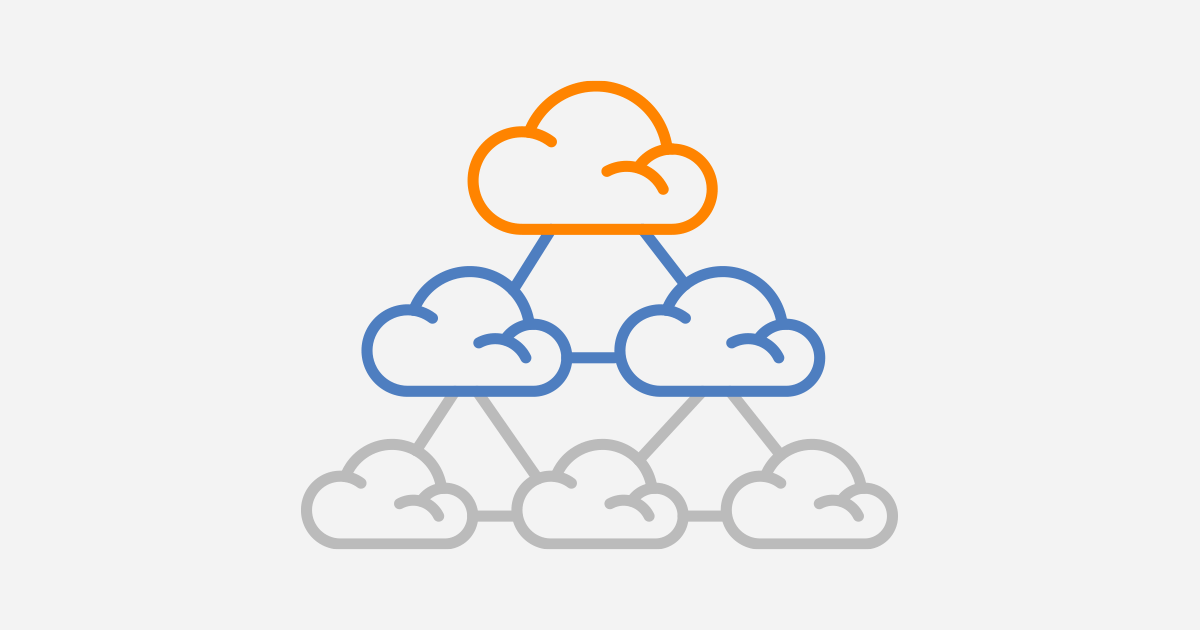Knowing IP transit pricing, particularly in the context of connectivity and networking it is vital for firms looking to optimize operations while also reducing costs. The pricing structure is composed of a range of ports and services, which play a significant role in the final cost. We’ll take on an exploration to uncover the economics behind IP transit pricing. We’ll explore the most important factors, strategies and considerations.
Port and Service Dynamics
The pricing for IP transit revolves around the use of ports and associated services. Each service is connected to a port that allows the flexibility of network configurations that can be customized to your particular requirements. It is crucial to understand the fact that each port can host many services, with costs varying depending on the selected products.

Understanding Committed Data Rate (CDR)
Central to IP transit pricing is the concept of Committed Data Rate (CDR) which represents the minimum commitment to data rates necessary for the port. CDRs should be 10% or greater of the size of the port to ensure the minimum level of connectivity. The minimum commitment, as an example one gigabyte, is if the organisation chooses to utilize the port with 10G. The CDR is used as a basis for pricing, with higher commitments translating to lower costs per unit.
The Burst Above CDR
IP transit ports can allow expansion above CDR. This permits businesses to deal with sudden increases in traffic. The same rate per Mbps is applied to burst traffic, just similar to the CDR. This permits businesses to be flexible without incurring additional costs. This feature is particularly useful for businesses that experience fluctuating usage patterns or seasonal variations in network activity.
Factors Influencing Pricing
Several factors influence IP transit pricing, such as the amount of commitment data rate, selected port speed, and amount of traffic. The higher the CDR or port speed usually result in lower fees per unit, which entices businesses to increase their connectivity to achieve cost savings. The competitiveness of the marketplace and the power of negotiation by the customer could have an impact on pricing agreements.
Optimizing Budgets to maximize Value
In order to manage IP transport costs requires a calculated approach focused on maximizing budgets while maximising the value. Businesses must conduct a thorough review of their network requirements with regard to factors such as the anticipated traffic volumes as well as scaling requirements and performance goals. By coordinating their needs with the most appropriate pricing plans and offering, organizations can make sure they receive the most value out of their investment.
Controlling costs Strategies for Managing Costs
Cost managing strategies are a good way to help reduce the impact IP transit costs impact budgets. It is important to conduct regular reviews of pricing agreements to determine opportunities for optimizing or renewal. The use of network analysis and monitoring software can help businesses make proactive decisions.
Future-proofing is essential.
In an environment of technological advancement which is rapidly evolving and evolving, ensuring that your network infrastructure is future-proofed you use will be essential for long-term success. When looking at IP transit costs options enterprises should think about not just their current needs, but also the future potential for growth and expansion. Selecting scalable solutions that allow for expansion and flexibility could make it easier to upgrade later.
Comparing Providers and Pricing Models
There are a myriad of providers on the market of IP Transit, all with their specific pricing and service models. By comparing providers carefully, businesses find the best fit for their needs as well as taking into consideration factors like reliability, performance, and customer service in addition to price. It’s crucial to look beyond just the bottom line and examine the overall value proposition offered by each service. Click here IP Transit Costs
The conclusion of the article is:
In conclusion, to navigate the economics of IP Pricing of transit It is vital to be aware of the dynamics that underlie it as well as the various factors and strategies. By using insights into the service and port dynamics in optimizing budgets and future-proofing network infrastructure, businesses can efficiently manage their costs while maximizing the benefit of their investment. Through careful planning, strategic decision-making, and a focus on resilience, companies can create high-performance, resilient networks that support their growth and increase their growth in a world which is increasingly connected.
